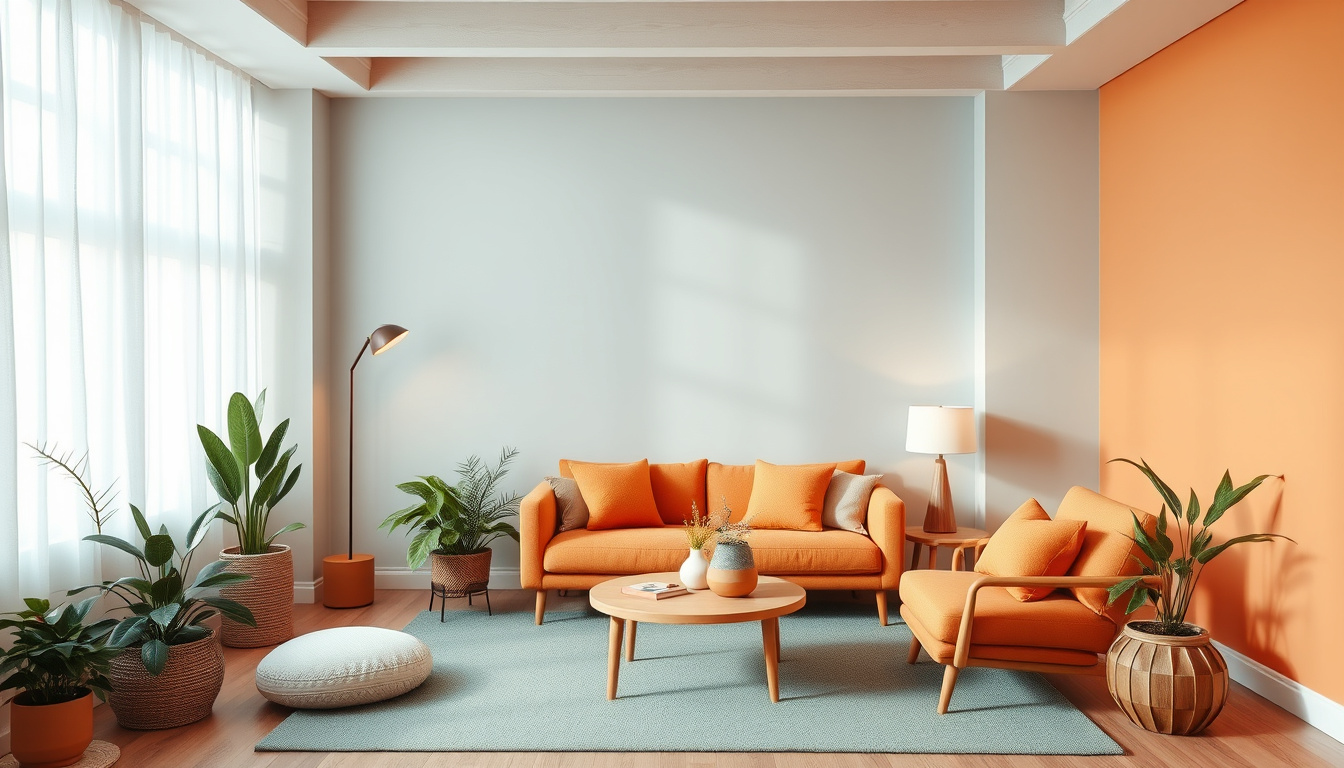The Science of Color: How Palettes Affect Your Mood
When you walk into a room painted in vibrant red, how does it make you feel versus stepping into a serene blue space? The exploration into the intricacies of color isn’t just about aesthetic appeal—it’s deeply intertwined with our emotions and psychological responses. In this article, we will delve into ‘The Science of Color: How Palettes Affect Your Mood,’ uncovering the fundamentals of color theory, the psychological effects it manifests, cultural nuances in color perception, and practical applications in design. By the end, you’ll not only understand the significance of color but also learn how to personalize your color palette to enhance your mood and environment.


3. Cultural Influences on Color Perception
Cultural influences play a significant role in shaping our perceptions of color, impacting our emotional responses and mood. Different cultures assign varied meanings to specific colors, thereby affecting how individuals interpret them. For instance, in Western cultures, the color white is often associated with purity and weddings, while in many Eastern cultures, it symbolizes mourning and loss. This dichotomy demonstrates the power of cultural context in the science of color: how palettes affect your mood can differ dramatically based on societal norms and traditions. Understanding these cultural influences is essential for designers, marketers, and artists who wish to evoke a specific emotional response through their work. By considering the cultural connotations of colors, one can effectively harness the science of color to create the desired atmosphere, making it a crucial aspect of visual communication.
4. Practical Applications of Color in Design and Art
Understanding the science of color: how palettes affect your mood is essential for any designer or artist looking to evoke specific emotions or messages through their work. Colors have a profound psychological impact; for example, warm hues like red and orange can stimulate excitement and energy, making them ideal for branding and marketing materials aimed at creating a sense of urgency. In contrast, cool colors like blue and green can promote calmness and tranquility, often used in wellness spaces and products to foster a sense of relaxation. Additionally, thoughtful color combinations can influence the viewer’s perception, guiding them through visual narratives and enhancing user experiences in web design. By strategically selecting palettes that harmonize with the intended emotional response, artists and designers can foster deeper connections with their audience and effectively communicate their vision.

5. Personalizing Your Color Palette for Mood Enhancement
When it comes to interior design and personal spaces, understanding the science of color is paramount, especially when it involves how palettes affect your mood. Personalizing your color palette can significantly enhance your emotional well-being. Research indicates that different colors evoke different psychological responses; for instance, warm colors like red and orange can energize a space and promote enthusiasm, while cooler shades like blue and green tend to create a calming environment. By carefully selecting colors that resonate with your personal experiences or desired feelings, you can curate a space that not only reflects your individuality but also supports your mental health. Whether it’s a vibrant yellow for creativity in your workspace or soothing lavender in your bedroom for relaxation, incorporating the science of color into your decisions allows for a more intentional and uplifting atmosphere.
Frequently Asked Questions
What is color theory and why is it important?
Color theory is a set of principles used to understand how colors interact, complement, and contrast with each other. It is important because it helps artists and designers create visually appealing works that can evoke specific emotions and responses.
How do colors affect our mood?
Colors have been shown to have psychological effects on individuals. For example, warm colors like red and orange can evoke feelings of warmth and excitement, while cool colors like blue and green tend to promote calmness and relaxation.
Are color perceptions the same across different cultures?
No, color perceptions can vary significantly across cultures. For instance, while white is often associated with purity and weddings in Western cultures, it can symbolize mourning in certain Eastern traditions.
How can I apply color psychology in my home decor?
To apply color psychology in home decor, consider using colors that promote the mood you want to achieve. For example, calming shades of blue can be used in bedrooms, while energizing yellows may be great for creative spaces.
Can I create a personalized color palette that suits my mood?
Absolutely! You can create a personalized color palette by selecting colors that resonate with you emotionally. Experimenting with different combinations can help you discover what best enhances your mood and environment.
